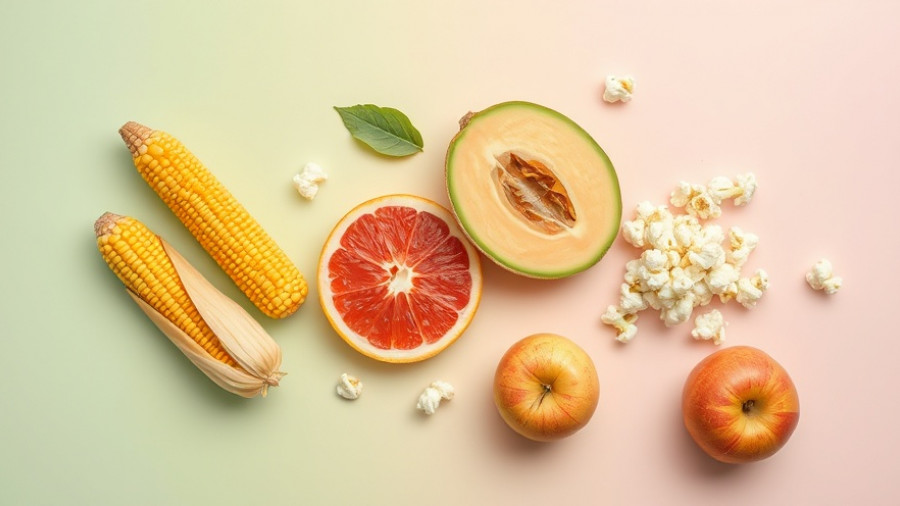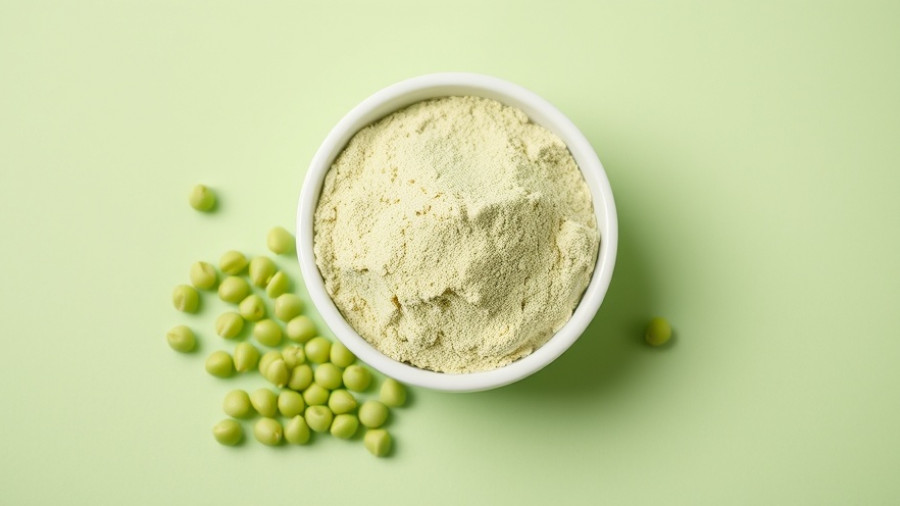
A Cultural Shift: Drinking Less in America
The landscape of American drinking habits is evolving rapidly, with recent data showing a substantial decline in alcohol consumption. According to a Gallup poll, only 54 percent of U.S. adults report drinking alcohol, the lowest rate in nearly 90 years. This significant change suggests a shifting cultural narrative surrounding alcohol, particularly as more Americans are acknowledging the health risks associated with drinking.
Understanding the Decline: Historical Context
Looking back, alcohol consumption peaked in the late 1970s and ’80s when around 70 percent of Americans reported drinking. Over the decades, those figures gradually declined, but the social acceptance of alcohol has been deeply ingrained in American culture. The noticeable drop in alcohol consumption today may not only reflect changing attitudes but also the influence of the COVID-19 pandemic, which had initially seen a temporary surge in drinking among certain demographics.
The Changing Mindset Toward Alcohol
One of the most compelling findings from the recent Gallup poll is the increasing belief that moderate drinking can, in fact, be detrimental to health. Over 53 percent of respondents believe that having one or two drinks per day carries health risks. This sentiment is especially prevalent among younger adults, with about two-thirds of individuals aged 18 to 34 expressing a negative view towards alcohol consumption.
Why Reduced Drinking Is Beneficial
Less drinking correlates strongly with better health outcomes. Experts suggest that if the trend continues, we could see a decrease in alcohol-related health issues such as liver disease, depression, and addiction. Dr. Susan Stoner of the Addictions, Drug, and Alcohol Institute at the University of Washington notes, "This is encouraging news, and we would hope to see reductions in all alcohol-related health issues across the board.” The shift toward sobriety can foster improved physical health, enhanced mental clarity, and a more emotionally balanced life for many.
Local Resources for Health-Conscious Living
For health-conscious adults in Central Ohio, there are pivotal resources available to support this sober movement. Local wellness centers are increasingly providing sober social events, yoga classes, and workshops that emphasize mindfulness and healthy living. Communities are coming together to facilitate discussions on mental health without the influence of alcohol, creating spaces where individuals can share their experiences honestly and support one another.
Actionable Steps for Embracing a Healthier Lifestyle
If you’re inspired to embrace a healthier lifestyle, consider the following actionable tips:
- Engage in conversations about sobriety with friends and family, fostering an open dialogue about the benefits of reducing or eliminating alcohol.
- Join local clubs or community groups focused on health and wellness that offer alternative social activities without alcohol.
- Explore apps and resources that track your drinking habits; finding alternatives when cravings hit can be beneficial.
Final Thoughts on a Sober Future
This cultural shift towards reduced alcohol consumption is one worth celebrating. With more Americans becoming aware of the health ramifications of drinking, there's a notable potential for public health improvements. Each step toward lower alcohol consumption not only impacts individual health but contributes to stronger, healthier communities overall.
If you're seeking to enhance your well-being by reducing alcohol intake or just want to learn more about leading a healthier lifestyle, consider reaching out to local wellness resources. Together, there's hope to create not just a healthier you, but a healthier community.
 Add Row
Add Row  Add
Add 




Write A Comment